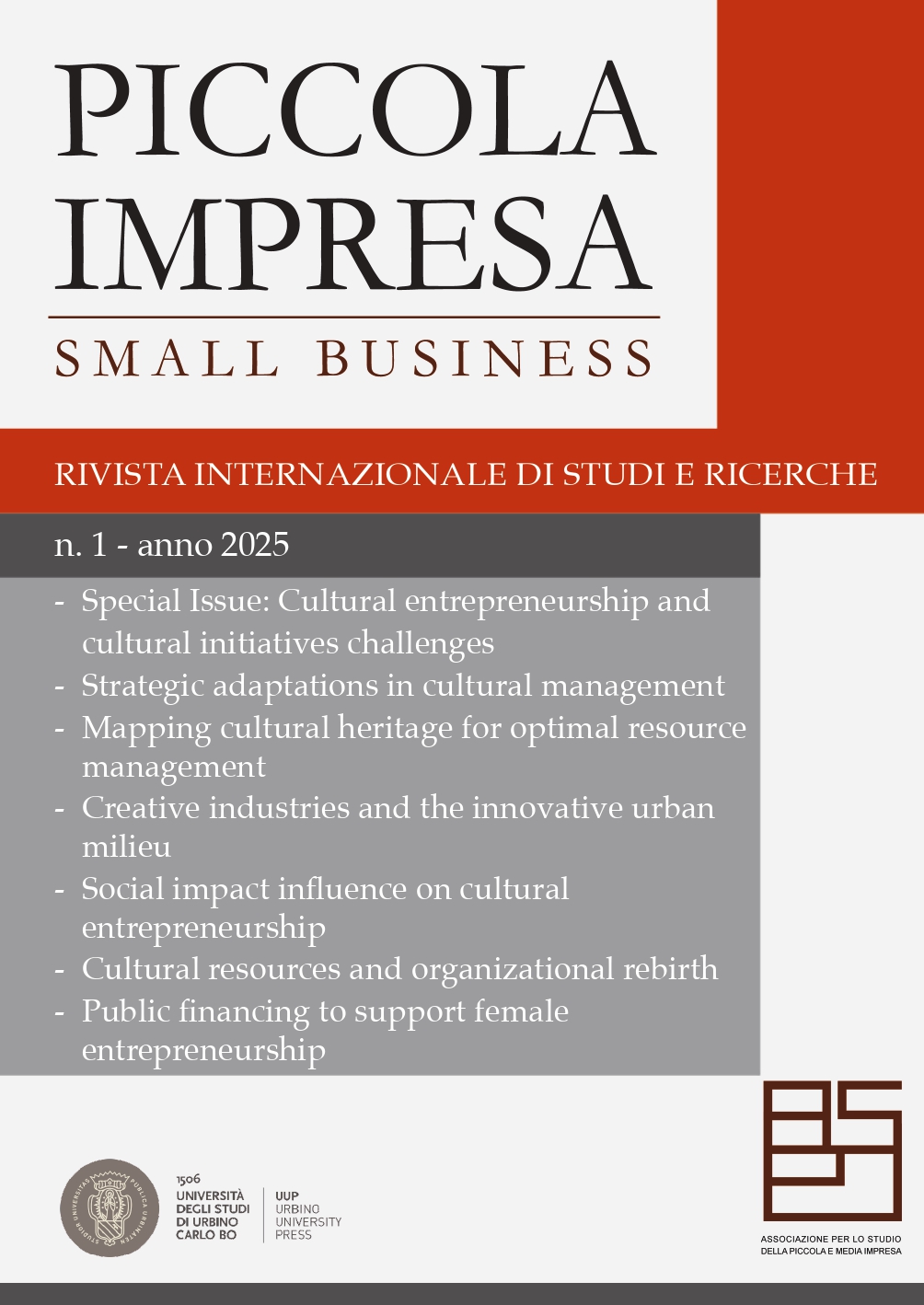Abstract
This volume presents the first Italian application of the SoPHIA method, a holistic framework for evaluating cultural heritage interventions, tested at Teatro Akropolis in Genoa. Developed within a Horizon 2020 project, SoPHIA assesses impacts across three dimensions: domains, people, and time. The case of Teatro Akropolis, a small performing arts centre undergoing strategic transformation, illustrates how the method supports participatory evaluation, internal reflection, and future planning. Findings highlight the method’s multidimensionality, stakeholder engagement, and its capacity-building potential. The study underscores the value of flexible evaluation tools tailored to the complex realities of small cultural organizations.
References
Chiaravalloti, F., & Piber, M. (2011). Ethical implications of methodological settings in arts management research: The case of performance evaluation. The Journal of Arts Management, Law, and Society, 41(4), 240–266. https://doi.org/10.1080/10632921.2011.619978
Holden, J. (2006). Cultural value and the crisis of legitimacy: Why culture needs a democratic mandate. Demos. https://www.demos.co.uk/files/Culturalvalueweb.pdf
Marchiori, M., Anastasopoulos, N., Giovinazzo, M., Mc Quaid, P., Uzelac, A., Weigl, A., & Zipsane, H. (2021). An innovative holistic approach to impact assessment of cultural interventions: The SoPHIA model. Economia della Cultura, (Special Issue), 21–69. Il Mulino. https://doi.org/10.1400/290278
Radbourne, J., Johanson, K., Glow, H., & White, T. (2009). The audience experience: Measuring quality in the performing arts. International Journal of Arts Management, 11(3), 16–29.
SoPHIA Consortium. (2020a). Deliverable D1.1: Review of research literature, policy programmes and (good and bad) practices [ultimo accesso: 20.09.2024]. https://sophiaplatform.eu
SoPHIA Consortium. (2020b). Deliverable D1.2: Concise essay mapping of existing gaps, issues and problems [ultimo accesso: 20.09.2024]. https://sophiaplatform.eu

This work is licensed under a Creative Commons Attribution 4.0 International License.
Copyright (c) 2025 Maria Antonietta Cipriano

